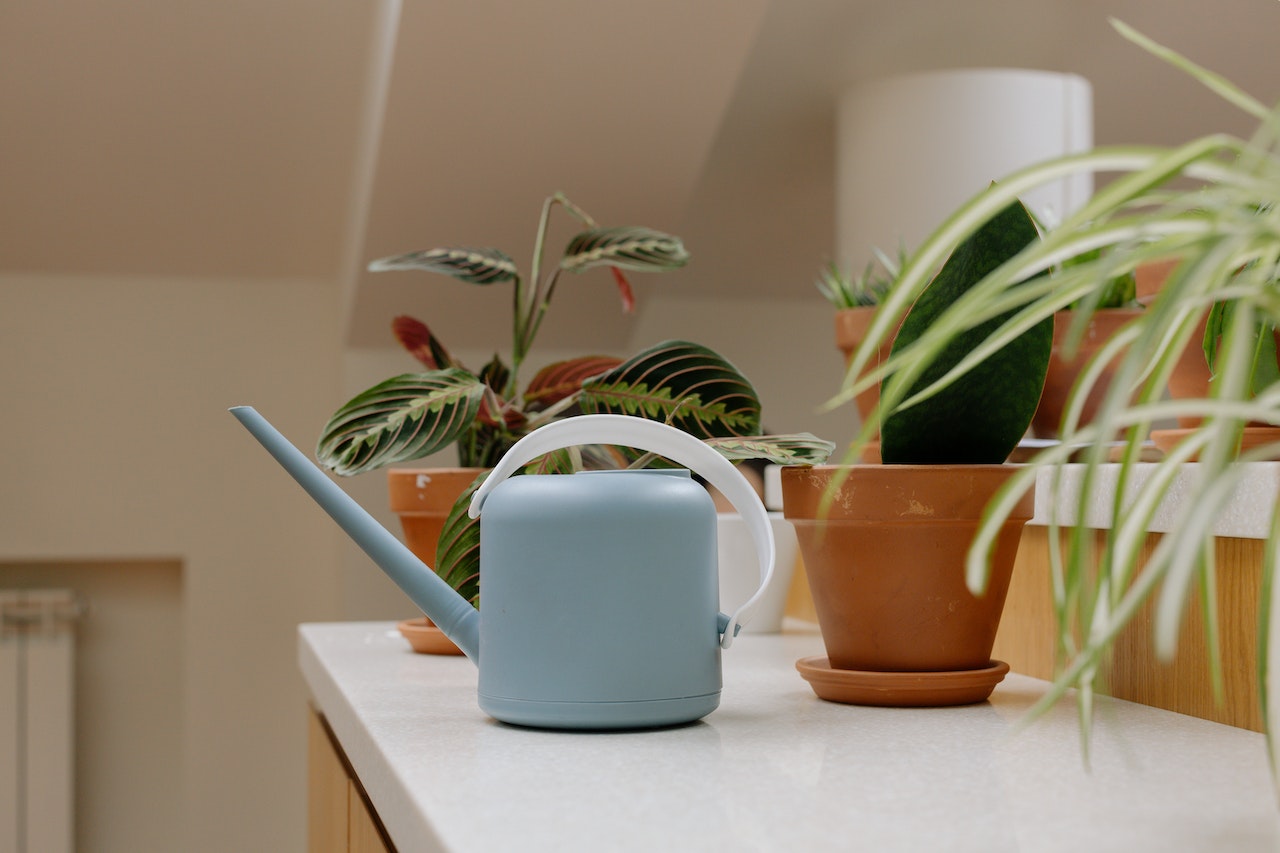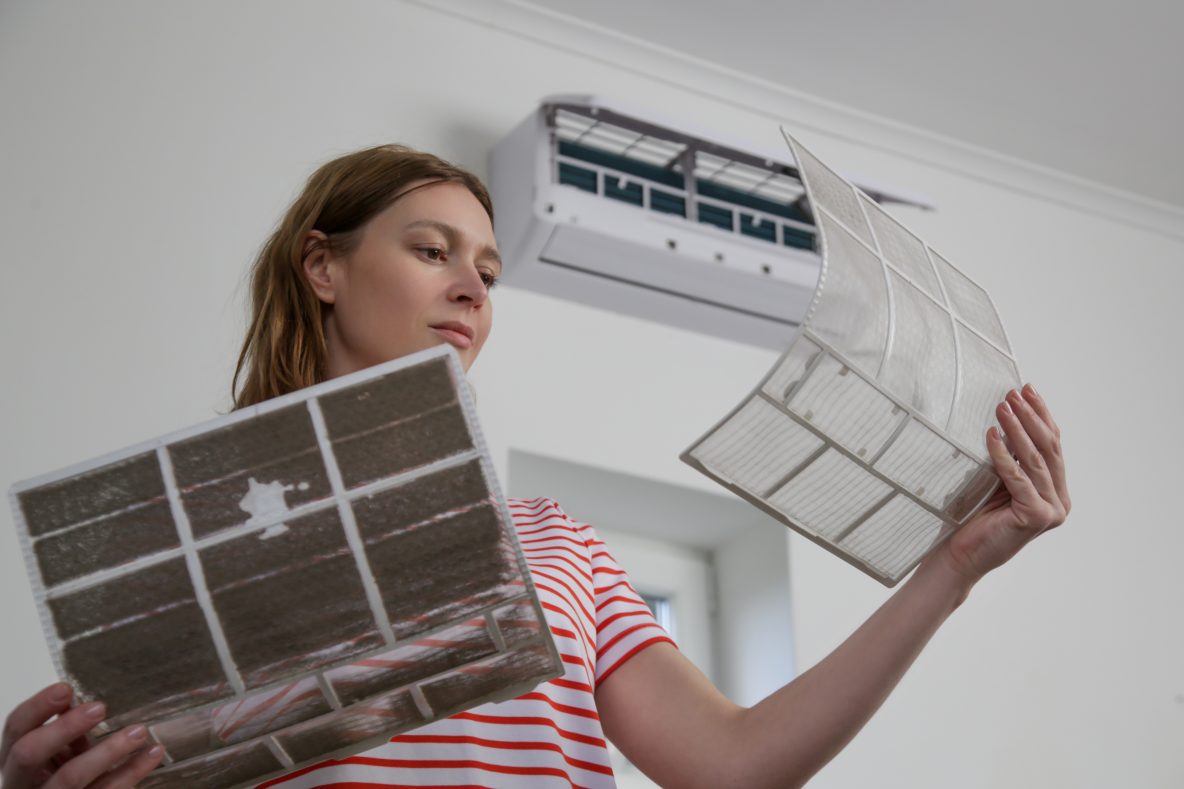As concerned as we’ve become with the quality of the air we breathe outside, shouldn’t we also be worried about the air we breathe inside? The answer is a resounding “yes!” In fact, we should be more worried.
Levels of air pollutants indoors are up to 100 times higher than outdoor air pollutants and may significantly affect your health, according to the Environmental Protection Agency (EPA). Since the average American spends 87% of their life indoors, it’s surprising that indoor air quality hasn’t been identified as a more serious public safety concern.

“Symptoms of respiratory diseases such as asthma are often significantly worse in homes with poor indoor air quality.”
Health Indications of Poor Indoor Air Quality
The effects that poor indoor air quality has on your health can vary depending on factors such as mold, radon, pet dander, tobacco smoke, and carbon monoxide. Individuals react differently if they’re predisposed to conditions like asthma or have allergies. Some common complaints include:
Headache
Exposure to chemicals or even strong odors can result in headaches. Pesticides, household cleaners, and even standing garbage can worsen air quality and cause subsequent headaches. You may also experience sinus headaches as a side effect of air quality-related congestion.
Eyes, Nose, and Throat Issues
A typical response to allergens is the activation of mucous membranes in our nose and throat, making us cough, sneeze, and noses run. Itchy, watery eyes are another response to poor indoor air quality.
Respiratory Illness
Symptoms of respiratory diseases such as asthma are often significantly worse in homes with poor indoor air quality. Contaminants such as cigarette smoke, pollen, and dust can trigger asthma attacks.
Enesta Jones, the EPA’s spokesperson, explains, “Triggers are things that can cause asthma symptoms, an episode or attack, or make asthma worse. If you have asthma, you may react to just one trigger, or you may find that several things act as triggers. Be sure to work with a doctor to identify triggers and develop a treatment plan that includes ways to reduce exposures to your asthma triggers.”
Fatigue
Prolonged respiratory conditions can cause a person to run out of energy more quickly. This includes conducting seemingly simple tasks. Additionally, someone suffering from active asthma symptoms may also suffer fatigue due to the psychological stress of trying to control their symptoms and avoid an attack.
“Reduce the amount of moisture in the air and curb the growth of irritating molds with a few well-placed dehumidifiers.”
Checking Your Indoor Air Quality
Realizing the possible detriments to your health, how do you check your indoor air quality?
According to the EPA, there is no general, reliable indoor home air quality test because of the wide range of variables. If you want to get to the very particle of what’s in your indoor environment, find an indoor air-quality specialist via organizations like the American Industrial Hygiene Association or the American Board of Industrial Hygiene.
If you already suspect home pollutants, there are a variety of kits online, though they aren’t as reliable. Some kits check for multiple offenders, while others test for just one, like radon.
Because many at-home test kits aren’t comprehensive, doing at-home testing might make more sense if you’re only interested in checking for one or two specific pollutants. If you want a full panel of results, working with a reputable professional may be more effective.

How to Improve My Home’s Air
Once you’ve determined the air at home needs improvement, it’s time to address the issues.
Control dampness
In indoor spaces, dampness encourages mold growth. Damp indoor environments result from:
- Humid climates
- Leaky pipes or roofs
- Areas with pooling water
- Low ventilation in areas with a lot of steam, like bathrooms and kitchens
Reduce the amount of moisture in the air and curb the growth of irritating molds with a few well-placed dehumidifiers.
Clean Rugs and Carpets
Rugs and carpets liven up the home but trap dust and other particles. Keep the air in your home cleaner by regularly cleaning indoor rugs and carpets.

Change Your AC Filter
Your AC works hard to cool the home and filter common air pollutants. Once the filter gets dirty, it stops cleaning your air and keeping your house chilly in the hot months. Make sure you change the filters regularly to keep your appliance in good condition.
Change Air Filters
Check the filters in your household appliances, including your vacuum cleaner, clothes dryer, and kitchen vents. Add this maintenance task to your calendar every 3-4 months and replace these household filters as needed.
Add Indoor Plants
Not only do indoor plants bring the outdoors in, but they also naturally filter your home’s air. Small plants like ferns and lilies are ideal options to pull contaminants out of the air.
Breathe in, Breathe Out
Unless you’ve already implemented some of these strategies, pollutants are affecting your health—you just might not feel it yet. Taking the time to address them with simple measures like changing air filters and adding plants is a small price to pay for breathing better in the place you and your family call home.
Want more information on this topic or want help with a home remodeling project? Talk to the team at Semper Fi Custom Remodeling. We want to help you with breathing fresh life into your home.

